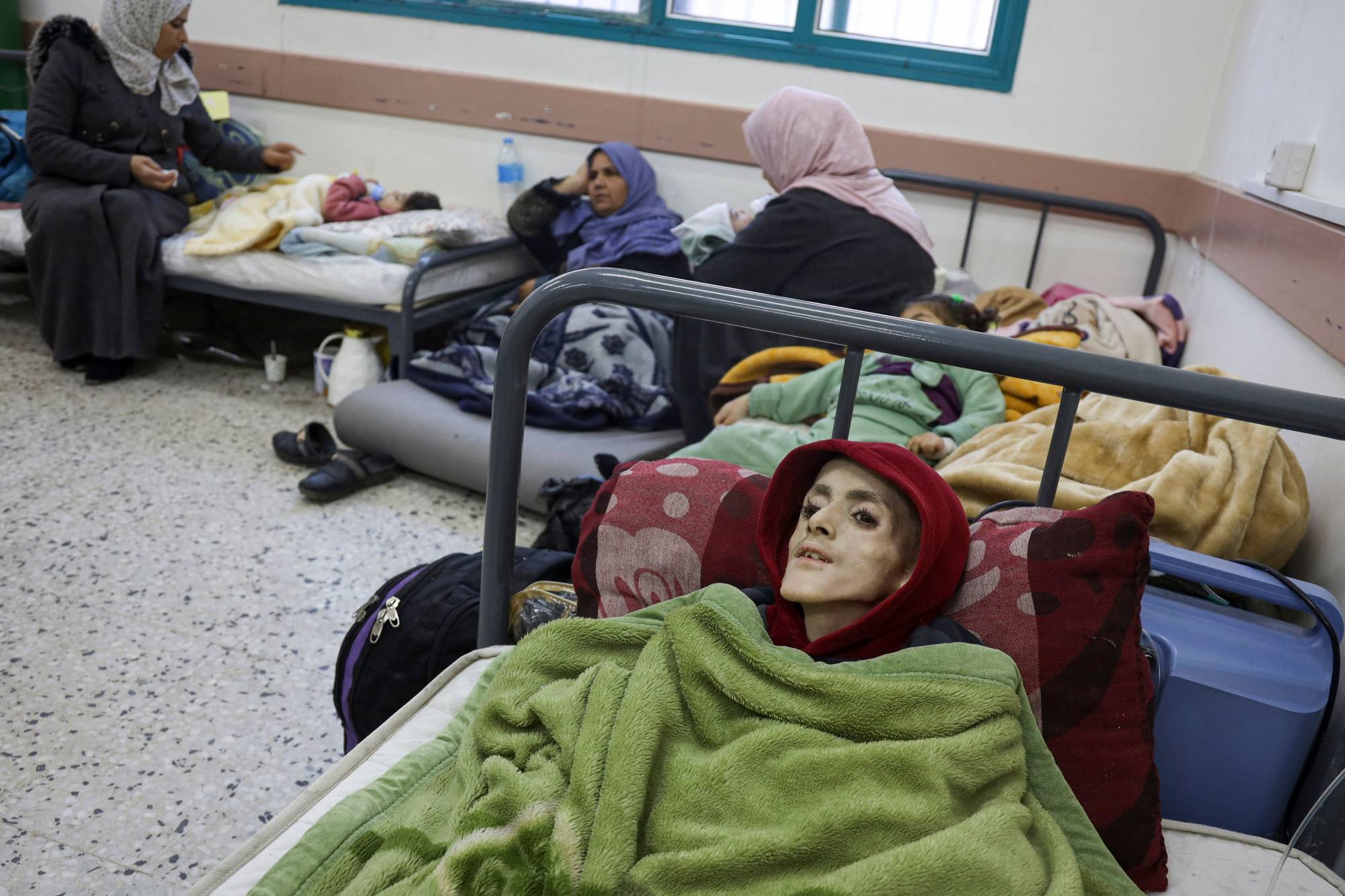Almost 3000 children have been cut off from treatment for moderate and severe acute malnutrition in southern Gaza, putting them at risk of death as harrowing violence and displacement continue to impact access to healthcare facilities and services for desperate families.
This number, based on reporting from UNICEF’s nutrition partners, equates to approximately three-quarters of the 3,800 children who were estimated to be receiving life-saving care in the south ahead of the escalating conflict in Rafah.
The looming risk of more vulnerable children falling sick to malnutrition is also a concern. While there has been a slight improvement in the delivery of food aid to the north, humanitarian access in the south has declined dramatically. Early results from recent malnutrition screenings in the middle and southern governorates of Gaza indicate that cases of moderate and severe malnutrition have risen since the second week of May, when aid delivery and humanitarian access was significantly curtailed by the escalation of the Rafah offensive.
“Horrific images continue to emerge from Gaza of children dying before their families’ eyes due to the continued lack of food, nutrition supplies, and the destruction of healthcare services,” said UNICEF Regional Director for the Middle East and North Africa Adele Khodr. “Unless treatment can be quickly resumed for these 3,000 children, they are at immediate and serious risk of becoming critically ill, acquiring life-threatening complications, and joining the growing list of boys and girls who have been killed by this senseless, man-made deprivation.”
The risk of rising cases of malnutrition comes at the same time as malnutrition treatment services are collapsing. Today, only two of the Gaza Strip’s three stablisation centres that treat seriously malnourished children are functioning. Meanwhile, plans for the opening of new centres have been delayed due to ongoing military operations across the Strip.
Treating a child for acute malnutrition typically takes six to eight weeks of uninterrupted care and requires special therapeutic food, safe water, and other medical support.
Malnourished children are at heightened risk of catching diseases and other health issues due to limited access to safe water, sewage overflow, infrastructure damage, and a lack of hygiene items. Water production in the Gaza Strip is now less than a quarter of what was produced prior to the intensification of hostilities in October.
“Our warnings of mounting child deaths from a preventable combination of malnutrition, dehydration and disease should have mobilized immediate action to save children’s lives, and yet, this devastation continues,” Khodr said. “With hospitals destroyed, treatments stopped and supplies scant, we are poising for more child suffering and deaths.”
Since October 2023, UNICEF has reached tens of thousands of women and children with prevention and treatment services for malnutrition, including the use of Ready-to-Use Therapeutic Food, Ready-to-Use Infant Formula and preventative high energy biscuits and micronutrients supplements for pregnant women containing iron and other essential nutrients.
“UNICEF has more nutrition supplies prepositioned to arrive in the Gaza Strip, if access allows,” said Khodr. “United Nations agencies are seeking assurances that humanitarian operations can safely collect and distribute aid to children and their families without interruption. We need better operating conditions on the ground, with more safety and less restrictions. But ultimately, it is a ceasefire that children need most.”







